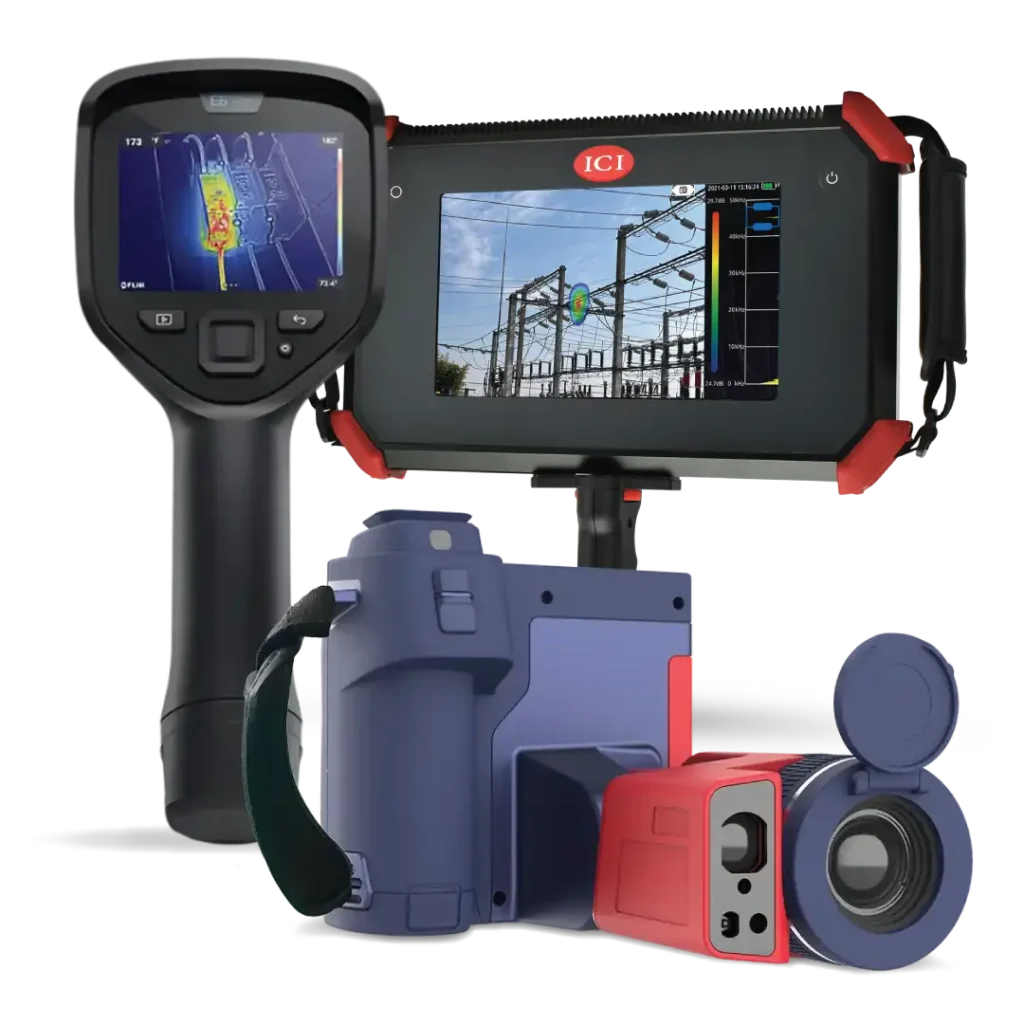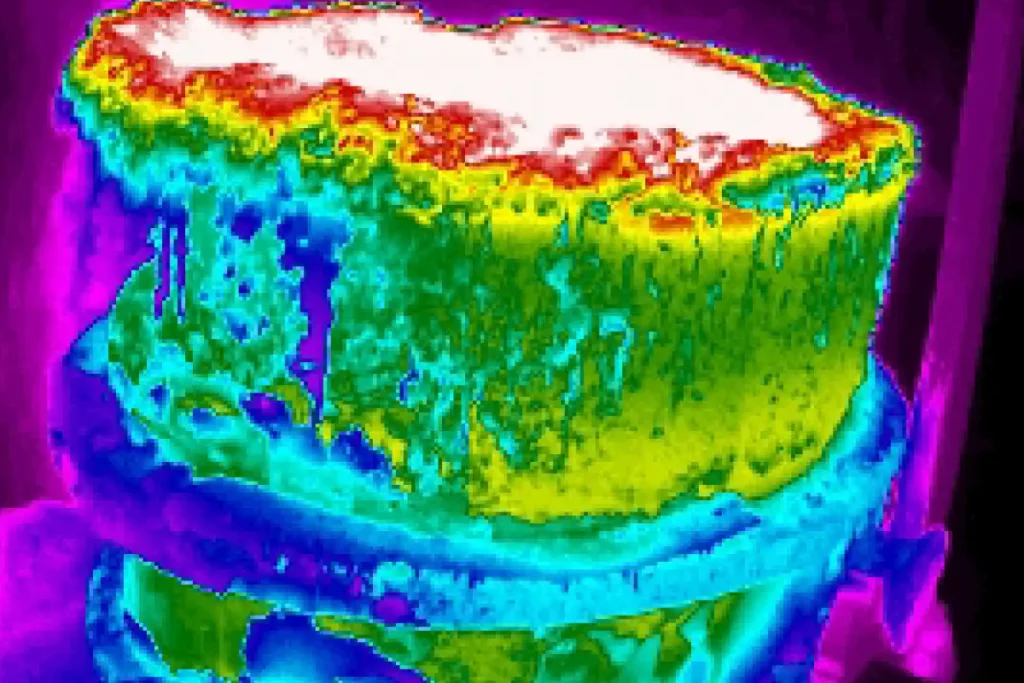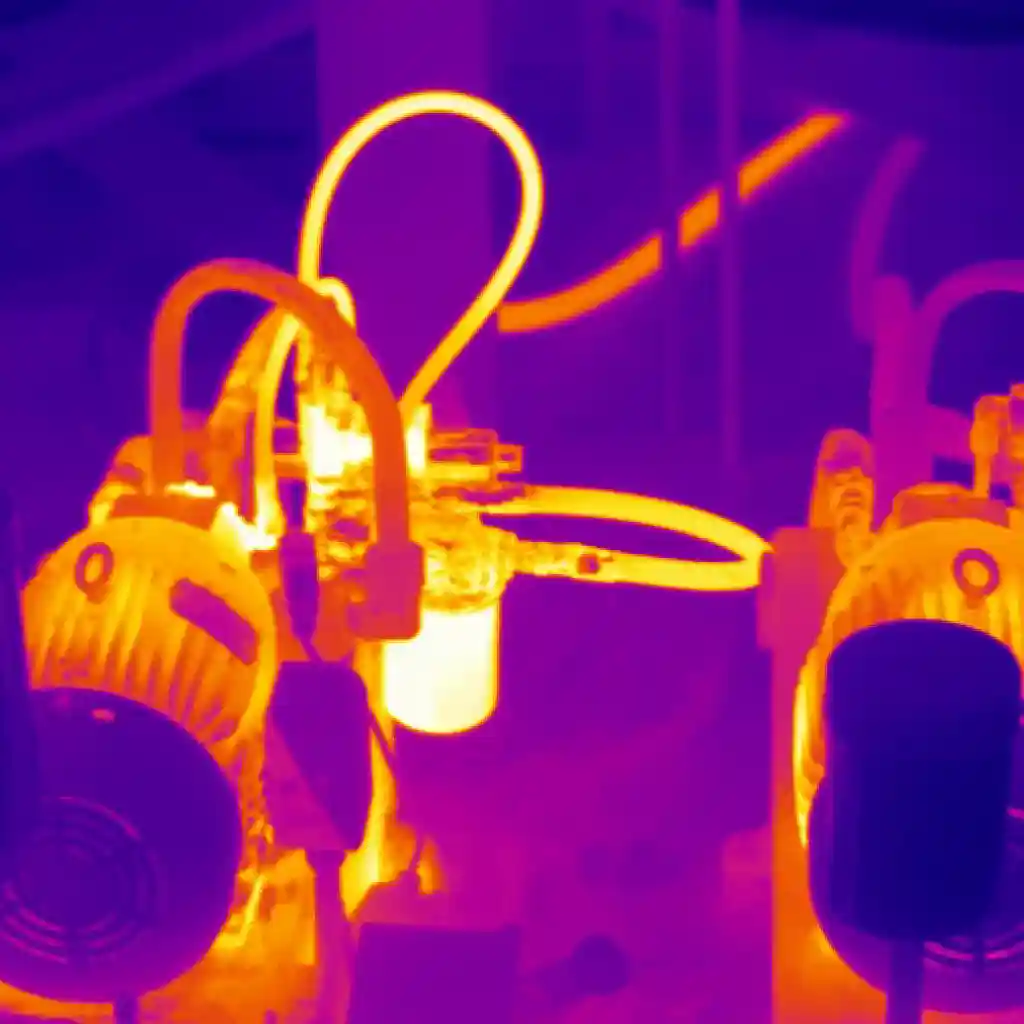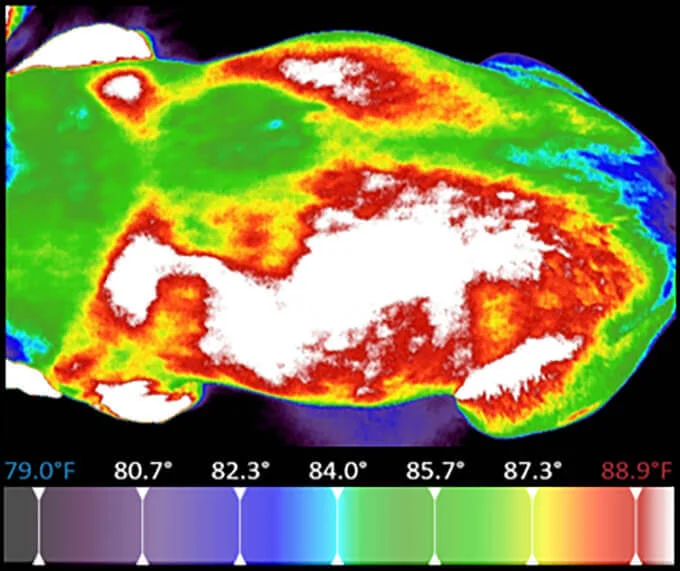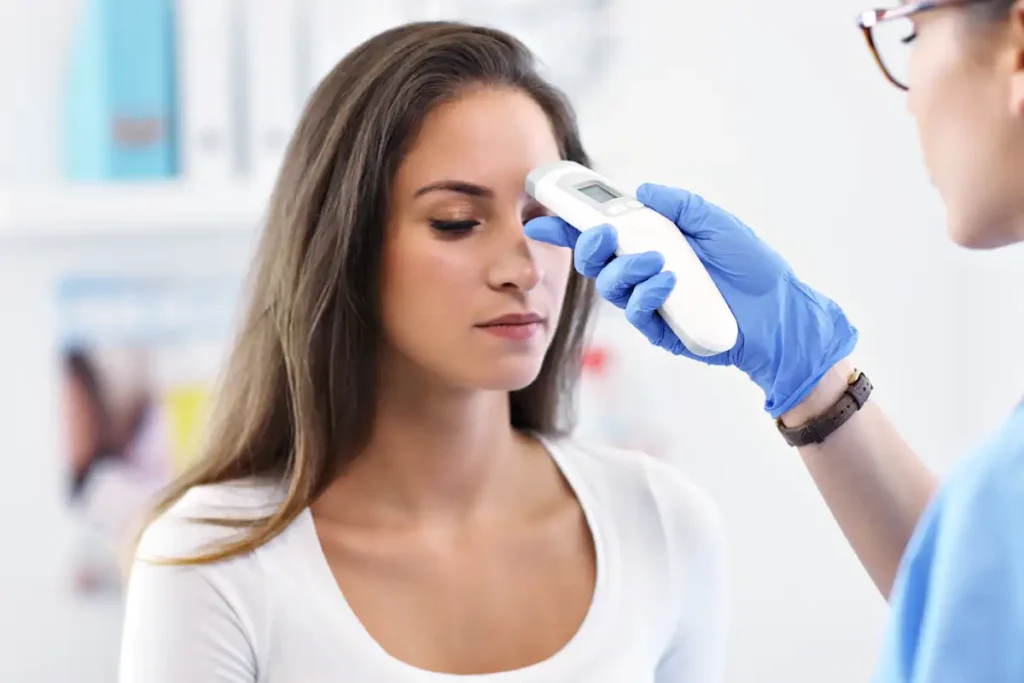
In an industry where comfort, cleanliness, and security are paramount, hospitality businesses have embraced a new standard of safety technology: infrared imaging. From luxury resorts and boutique hotels to cruise lines and conference centers, operators are integrating thermal imaging tools to protect guests and staff, monitor facility health, and support public health protocols.
While infrared cameras were once considered a niche tool for industrial applications, today they are a core part of modern guest safety strategies—especially in a post-pandemic world where risk mitigation and trust are more critical than ever. Here’s how hospitality businesses are using infrared for guest safety while enhancing the overall guest experience.
What Is Infrared Imaging and How Does It Work?
Infrared (IR) imaging, also called thermal imaging, detects heat energy emitted from people, objects, and surfaces. This data is translated into visual images that display temperature variations. With no physical contact required, infrared cameras provide real-time insights into environmental conditions and body temperatures, making them ideal for monitoring health and facility operations without disruption.
This technology can be deployed through handheld devices, fixed-mount cameras, or integrated smart systems—depending on the specific needs of the hospitality environment.
Key Applications of Infrared in Hospitality Safety
1. Temperature Screening for Guest Health Monitoring
Perhaps the most widely adopted use of infrared in hospitality has been for temperature screening. In response to COVID-19 and future infectious disease concerns, hotels, resorts, and event venues have installed hospitality temperature screening stations to detect elevated body temperatures among guests and staff.
These non-invasive systems allow for high-throughput screening in lobbies, entrances, and back-of-house areas, helping identify individuals who may require additional health checks. Unlike manual temperature checks, infrared screening is fast, accurate, and touch-free—reducing wait times and physical contact.
By integrating this technology into arrival protocols, hospitality businesses can demonstrate proactive health and safety measures, reinforcing guest confidence.
2. Kitchen and Food Service Monitoring
In the hospitality industry, food safety is non-negotiable. Thermal imaging plays a key role in monitoring kitchen equipment and cold storage systems to ensure proper temperature ranges are maintained. Restaurants, banquets, and room service operations can use infrared cameras to:
- Detect uneven heating in ovens or cooktops
- Ensure refrigeration units remain at safe temperatures
- Prevent spoilage or contamination of perishable goods
By maintaining consistent food safety standards, hospitality businesses protect guests from foodborne illnesses and avoid costly inventory losses.
3. HVAC and Facility Safety Audits
Guest comfort and safety also depend on well-maintained building systems. Infrared cameras help facility managers detect issues within HVAC systems, electrical panels, and plumbing—before they lead to discomfort or hazards.
For example, IR imaging can:
- Identify air leaks in rooms or common areas that affect temperature control
- Locate overheating electrical components that could cause fires
- Detect hidden moisture or water leaks in walls or ceilings
Regular thermal inspections keep infrastructure healthy, reduce downtime, and maintain a safe, seamless guest experience.
4. Crowd Management and Security
Thermal imaging has emerged as a powerful tool for crowd monitoring and access control, especially during high-traffic events or at large resorts. By deploying infrared screening in entrances or lobby areas, security teams can:
- Monitor crowd density
- Detect elevated body temperatures in groups
- Improve situational awareness in low-light or nighttime settings
This capability not only enhances physical security but also supports public health efforts by reducing exposure risk in crowded settings.
5. Guest Room Sanitation Verification
One of the lesser-known uses of infrared technology is in verifying the effectiveness of room sanitation efforts. After cleaning, thermal imaging can be used to:
- Check for lingering warm spots from human presence
- Confirm disinfection of high-touch areas
- Detect moisture left from improper cleaning
This extra layer of validation is particularly important in high-end hospitality environments, where guests expect transparency and reassurance about cleanliness standards.
Benefits of Infrared Imaging in the Hospitality Industry
✅ Touchless and Non-Invasive
Infrared cameras do not require physical contact, making them ideal for guest-facing applications. Whether screening for fever or monitoring HVAC performance, the technology operates discreetly in the background without disrupting the guest experience.
✅ Real-Time Monitoring
Hospitality businesses rely on rapid responses. Thermal imaging provides instant feedback and alert systems for facility managers, allowing for fast corrective actions and minimizing safety risks.
✅ Supports Brand Trust and Guest Confidence
By investing in visible and effective safety technology, hotels and resorts send a clear message: guest health and comfort are top priorities. In a competitive landscape, this commitment to safety can set a brand apart.
✅ Regulatory Compliance
Infrared tools can assist in meeting local health and safety regulations, including emergency protocols for temperature screening, food safety compliance, and fire prevention.
How to Integrate Infrared Technology Into Hospitality Operations
If your hospitality business is considering adding or upgrading infrared capabilities, consider the following steps:
- Conduct a Safety Needs Assessment
Identify the areas of your facility where thermal imaging could improve safety or efficiency—from lobby entrances to kitchens and guest rooms. - Choose the Right Equipment
Evaluate whether fixed thermal cameras, handheld units, or integrated screening stations best fit your needs. Look for FDA-cleared or ISO-certified solutions for accurate temperature monitoring. - Train Your Team
Staff should be trained to use the equipment correctly and interpret thermal images appropriately. Many providers offer onboarding support and software tutorials. - Communicate With Guests
Clearly explain your safety protocols, including infrared screening procedures. Use signage, website FAQs, and check-in messaging to reassure guests. - Pair With Smart Systems
For enterprise-level operations, consider integrating infrared solutions into your building management systems or IoT platforms for automated alerts and data logging.
Looking Ahead: Infrared Technology as a Hospitality Standard
As guest expectations evolve and health protocols become more stringent, infrared imaging will likely become a permanent fixture in the hospitality space. Beyond emergency response or pandemic preparedness, it offers long-term value in energy efficiency, food safety, maintenance, and brand reputation.
Innovative operators who adopt this technology today are not just reacting to a crisis—they are future-proofing their operations for tomorrow’s challenges.
Stay Ahead with ICI’s Hospitality Infrared Solutions
Infrared Cameras Inc. (ICI) provides advanced, customizable infrared solutions for hospitality businesses, from entryway temperature screening to facility-wide thermal audits. Whether you manage a boutique hotel, a national resort chain, or an event venue, our thermal imaging tools help you protect your guests, your staff, and your reputation.
Get in touch with ICI today to explore how infrared can elevate your guest safety strategy.

